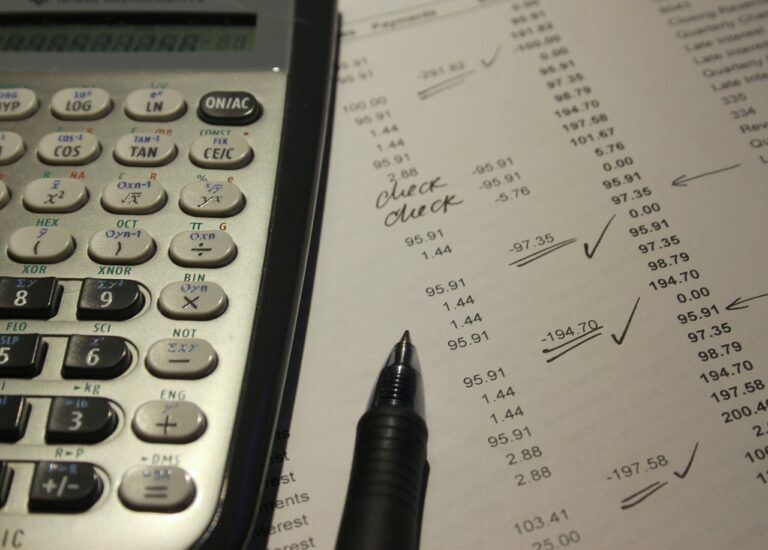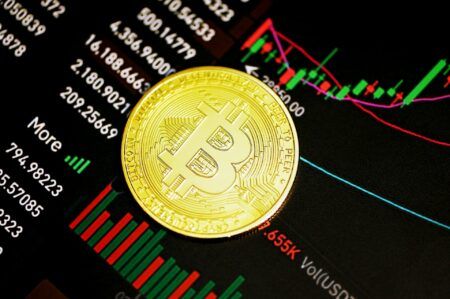The users and holders of DAI, which is MakerDAO’s USD-pegged, Ethereum-based stablecoin, have reportedly voted in favor of increasing the costs associated with Maker’s algorithmic lending program.
DAI’s investors voted to increase the “DAI Stability Fee” which will effectively raise the total cost to users for accessing the stablecoin-based lending program from the current 1.5% to 3.5% of the transaction amount.
Casting Votes Using MKR Tokens
Established in 2017, the MakerDAO ecosystem allows users to obtain loans that are managed and issued using the DAI stablecoin. The issuance of DAI is tracked on a blockchain which serves as both a counterparty and a lender. In order to facilitate the voting process on MakerDAO’s loan-issuing platform, users are able to cast their votes using MKR tokens.
Currently, the market capitalization of MKR tokens stands at approximately $677 million with each MKR trading at around $677 – according to CryptoCompare data. The total circulating supply of MKR tokens stands at 1 million.
During the four-day voting period in which DAI users voted to increase the Dai Stability Fee, there were more than 42,000 MKR tokens (appr. 4% of the total supply) that had been cast to support the increased fee. Meanwhile, only 9 MKR tokens were cast by users who were not in favor of raising the Dai Stability Fee.
Notably, the decision to increase fees by Dai and Maker’s users has come after the ecosystem experienced liquidity problems – presumably due to a large number of new borrowers who had started using the Ethereum-based lending protocol.
Commenting on how the vast majority of DAI users voted in favor of increasing usage fees, Richard Brown, the head of community development at the MakerDAO Foundation, remarked:
There seemed to be a tremendous support for that decision. Within 24 hours, we saw over 40,000 MKR in support. We saw 9 MKR staked in opposition. With any kind of voting system – similar to stakeholder votes – signaling disagreement even in the face of overwhelming opposition is important.
Third Time Users Vote To Increase Fees
Notably, the recent decision has come only a month after users had voted in favor of hiking up fees. Since its launch, this reportedly marks the third time that MakerDAO’s users have voted to increase usage fees.
The fees may have been raised because the blockchain-based lending platform’s proposal states that DAI’s exchange price has remained fairly constant at just below $1 and “high inventory levels among market makers and prop desks.”
Arjun Bhuptani, the founder of ConnextNetwork, told CoinDesk:
[The DAI stablecoin is] the biggest step in the right direction since the dollar was moved off the Gold Standard. The goal of something like DAI is to not have to put your trust in the system. Obviously, it will be some time before the economics of it are validated, before people understand how this stuff works … [But] this is what people should hope for – this level of transparency in where their currency comes from.
“Voting Mechanism Needs Continuous Approval”
In the next stage of the decision-making process to determine new usage fees, MKR token holders will begin the “executive voting” phase. Executive voting reportedly involves users staking their MKR tokens to show support for the fee increment. Should the number of staked MKR become greater than the original amount staked in favor of the fee increase – which stands at 42,556,94 MKR – then the proposed fee hike can be executed by any MakerDAO user(s) on its decentralized platform.
As explained by Brown:
The voting mechanism needs continuous approval. Anybody can actually execute that change in the system once we’ve tipped the balance into the new state.
No Guarantee DAI’s Dollar Peg Will Stabilize
Cyrus Younessi, MakerDAO Foundation’s risk management head, noted that after the executive voting round has ended, DAI’s dollar peg will likely stabilize. However, he cautioned that there’s no guarantee this will happen, and that those currently working to help MakerDAO manage risk should “prepare for the fact that this might not happen.”
Younessi added: “One, we see a small but noticeable change, some upward pressure, but not all the way. The suggestion would [then] be to keep the cadence going [and] schedule another 2% [fee increase].” The other possibility, Younessi explained, would be that there’s no noticeable effect on DAI’s dollar peg and in this case, there may be “more forceful options” that can be used including potentially increasing the Dai Stability Fee by as much as 4%.









